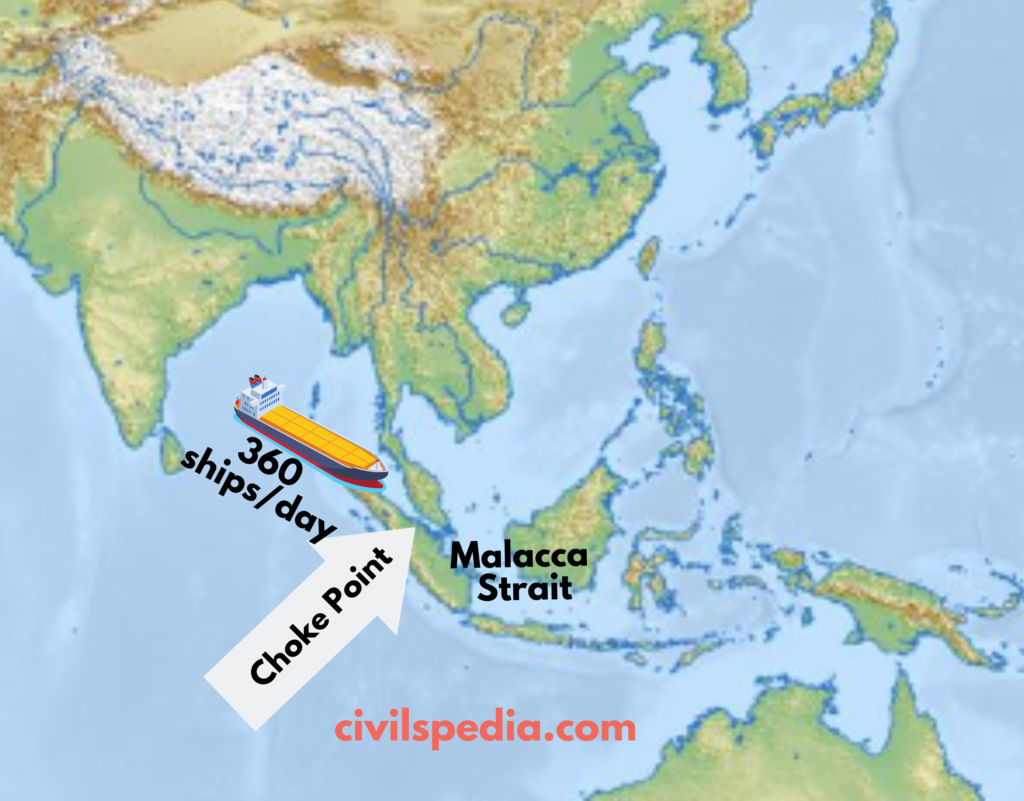Shanghai Cooperation Organisation and India
This article deals with ‘Shanghai Cooperation Organisation and India- UPSC.’ This is part of our series on ‘International Relations’ which is an important pillar of the GS-2 syllabus. For more articles, you can click here
Information at Glance
Members
- China
- Kazakhstan
- Kyrgyzstan
- Russia
- Tajikistan
- Uzbekistan
- India (joined in 2017)
- Pakistan (joined 2017)
Headquarters
- Beijing
Type of Organization
- It evolved from a border dispute solving mechanism to a regional security organisation in 2004 to a deliberation forum on all subjects.
- It works on the norms of consensus, voluntarism and non-interference.

Timeline
| 1996 | Shanghai 5 was formed for security and border peace between Kazakhstan, Kyrgyzstan, Tajikistan, Russia and China. |
| 2001 | SCO was formed in Shanghai with 6 members (5 + Uzbekistan). India was also offered membership which it declined. |
| 2017 | India and Pakistan became members of SCO. |
| 2019 | Shanghai Cooperation Organisation (SCO) summit was held in Bishkek (Kyrgyzstan). |
| 2020 | SCO Summit held in virtual format amid COVID-19 pandemic and increased tension between India and China over Galwan standoff. |
| 2021 | SCO Summit was held in Tajikistan |
Significance of SCO
It is an important organisation with
- 3 significant world powers, Russia, China and India, under its umbrella.
- 50% of the world’s population.
- 25% of the world’s GDP.
Uniting factors in SCO
- Countering U.S. hegemony (the U.S. is trying to influence regimes through Colour revolutions).
- Economy: To enhance economic cooperation.
- Security: Issue of Islamic Fundamentalism, Terrorism, Secessionism/Separatism, Countering Drug Trafficking.
Conflict of Interest in SCO
- Rising China in Central Asia is a concern for Russia.
- Russia has created CSTO (a mutual defence alliance) & EEU (the Economic Union of the Eurasian region).
- China is more focused on the stability of Xinjiang rather than these Central Asian nations or containing NATO.
Importance of SCO for India
Energy security
- Some of the member countries of the grouping are rich in energy resources – both hydrocarbons and uranium. India, being energy deficient, need these resources. Russia has also mooted the idea of ‘Energy Club‘.
Security
- The Eurasian block can play a key role in stabilizing Afghanistan. India has invested heavily in Afghanistan (2 billion $), and India needs to protect its assets there.
- SCO can help in forming a joint platform against terrorism & controlling the menace of drug trafficking in the following way
- Members share a high volume of information on counter-terrorism through the SCO Regional Anti-Terrorist Structure (SCO RATS) SCO Regional Anti-Terrorist Structure (SCO RATS) based in Tashkent.
- SCO conducts annual Military exercises involving ground troops, aerospace & cyber threat.
Economic integration/ Gateway to Eurasia
- An important factor is promoting India’s economic integration with the Central Asian republics, which is in line with India’s Connect Central Asia Policy. India is also investing heavily in INSTC and Chabahar Port development.
- Central Asian Republics provide a huge possibility for Indian Automobile, Banking, I.T. & related sectors.
Alternative platform for dialogue with Pakistan and China
- SCO provides an alternate platform for Indo-Pak & Sino-India dialogue to resolve their disputes.
Other
- With Russia and China taking the lead, the SCO could even prove a guarantor for projects like the TAPI (Turkmenistan-Afghanistan-Pakistan-India) and IPI (Iran-Pakistan-India) pipelines that India has held off due to security concerns.
Issues
- SCO is already dominated by two UNSC Permanent Members, i.e. China and Russia. Hence, it will not be easy for India to have a significant say in such an institution.
- SCO will be the second regional grouping after SAARC to have India and Pakistan as members. It in itself can limit the effectiveness of SCO, as has been the case with SAARC.
- On the issue of terrorism, China and India have different attitudes vis a vis Pakistan based Terrorist Organizations. Also, the definition of terrorism is different for different states – Eg: the Chinese consider Tibetan Freedom Movement as terrorists while India doesn’t.
- In terms of connectivity, India has not joined China’s ambitious One Belt, One Road project and has concerns over China-Pakistan Economic Corridor (CPEC).
- SCO is seen as Anti-NATO by the USA and European countries, which doesn’t augur well for Indian ties with the USA and other western allies.
- SCO will help in strengthening China-Russia-Pakistan Axis, which is bad for Indian interests.












































